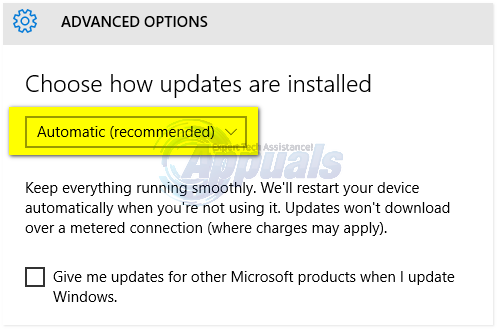BEST GUIDE: How to Manually Run Windows Updates (7/8/8.1 and 10)
Microsoft updates are continuously released and by default applied and installed on your Windows OS. It is important to let the updates install automatically; because they bring in numerous benefits in terms of security and keeping the software’s and service up to date; The top most reason technically is the security of your operating system. Since there are 100’s of services running on your system, they can become outdated, unreliable and insecure which is when Microsoft pushes an update to patch the system, or update the service or the program. If you don’t run updates regularly; then your computer could be at risk; especially if it connected to a network.
By default; updates are supposed to run automatically. If for any reason they are not; then you will usually be prompted with an Error Number which can help diagnose the issue.
The aim of this guide is to show how you can make sure that your system is updated and if incase something goes wrong with your Windows Update; then how to push Windows Manually to do the updates and also ensure that you’r e set to receive updates automatically.
How to Check If Your Windows Updates are Up to Date
The easiest way to do this is to click on Start, type Windows Update and Click On It.
Windows 7/8/8.1

Windows 10
see below. It’s easier in Windows 10 therefore exclusive steps are not needed.
How to Run Windows Updates Manually in Windows 7
Press the Windows key on your keyboard. In the search box, type Windows update. In the search results, click on Windows update. Click on Check for updates in the right pane. It will start checking for the latest updates.
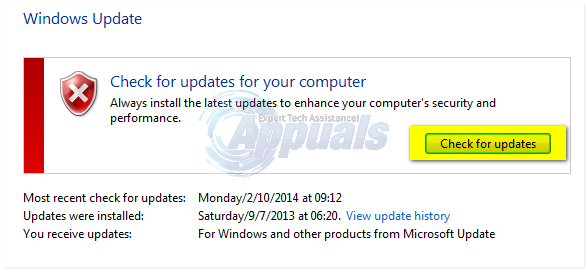
If there are any updates available, they will be listed underneath. After it has found updates, you will see an option called Install Updates. Click on it to begin installing updates.
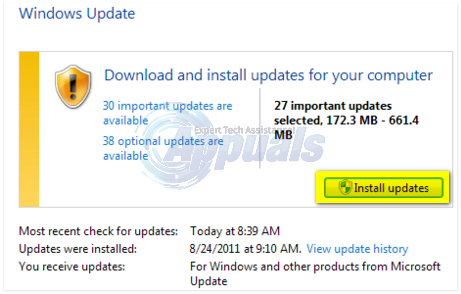
Click Install updates to install them. Click Yes if the UAC warning message appears. You may see a license agreement, click I accept the license terms and click Finish. Updates will start downloading and installing automatically. A reboot maybe required so do it. It may install updates while shutting down and powering on. Be patient, and let the process complete.
Once done; the next step is to ensure that your system is set to install and check updates automatically. To do this, click Change Settings from the left pane; and set the first option to “Install Updates Automatically (Recommended)”
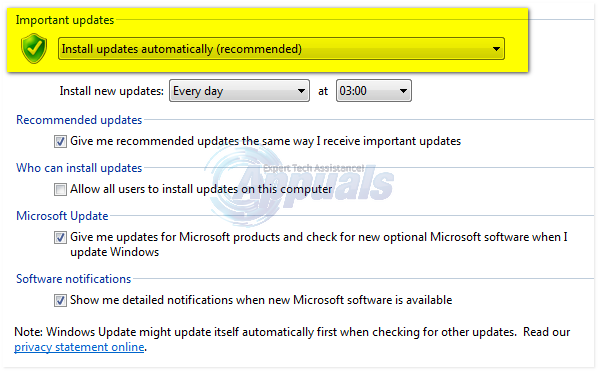
How to Run Windows Updates Manually in Windows 8 and 8.1
Hold the Windows Key and Press X. Choose Command Prompt (Admin)
wuauclt /showcheckforupdates
Windows update’s window will appear and automatically start checking for updates. If there are updates available for your system, click Install to download and install them automatically.
You may be asked to restart your system, click Restart now. It may install updates while shutting down and powering on. Be patient, and let the process complete.
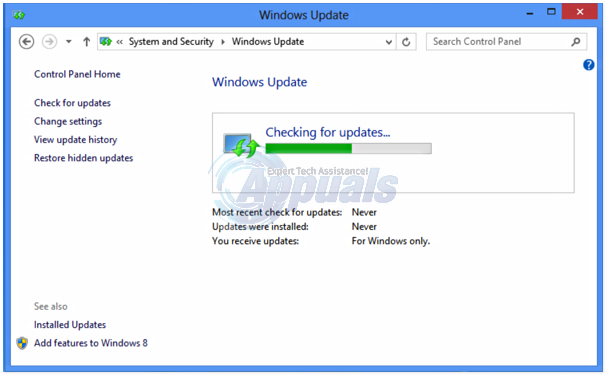
How to Run Windows Update Manually in Windows 10
Hold the Windows Key and Press R. In the run dialog, type the following command
ms-settings:windowsupdate
Windows update’s window will appear. Click on Check for updates. It will start checking for updates. Click Install if any updates are available. This can take a while, and even a couple of reboots. Once done; click on Advanced Options;

then make sure that Automatic (Recommended) option is selected under Choose How Updates Are Installed.
